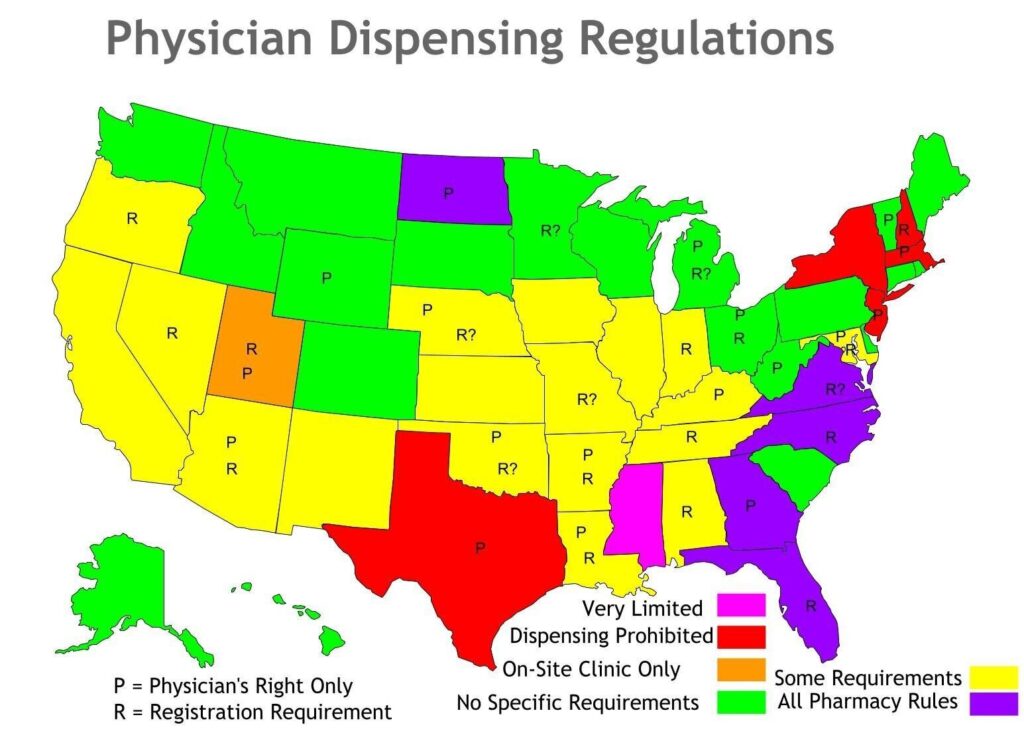Table of Contents
- Understanding the Scope and Intent of New York’s Pharmacy-Only Purchase Law
- Key Requirements and Compliance for Pharmacies and Consumers
- Navigating Prescription Verification and Documentation Procedures
- Best Practices for Consumers to Ensure Smooth Pharmacy Transactions
- The Way Forward
Understanding the Scope and Intent of New York’s Pharmacy-Only Purchase Law
New York’s recent legislation restricting certain over-the-counter products to pharmacy-only purchases marks a significant shift in consumer access and regulatory oversight. The law primarily aims to curb the misuse of specific medications and enhance public safety by ensuring these items are dispensed under professional supervision. This targeted approach reflects growing concerns over the abuse potential of substances commonly found in everyday products, aiming to balance accessibility with accountability.
Under this regulation, consumers can expect a more controlled purchasing process, which involves:
- Presenting a valid ID at the point of sale
- Limiting the quantities purchased within designated time frames
- Pharmacists potentially providing guidance or requiring documentation for certain transactions
Key Requirements and Compliance for Pharmacies and Consumers
To align with New York’s pharmacy-only purchase regulations, pharmacies must enforce strict protocols ensuring controlled substances and certain over-the-counter medications are sold exclusively through licensed pharmacists. This means implementing a robust identification verification process and maintaining detailed sales records compliant with state audits. Additionally, pharmacies must train staff extensively on legal obligations and responsible dispensing practices to prevent unauthorized access while upholding patient privacy under HIPAA regulations.
Consumers should be prepared to present valid photo identification at the point of sale, as this is a mandatory step to complete the transaction. Being aware of quantity limits imposed on specific drugs is crucial-attempting to purchase beyond permitted amounts may result in refusal or legal consequences. Staying informed about the approved list of medications restricted to pharmacy-only purchase empowers individuals to plan their healthcare needs responsibly and ensures adherence to New York’s public safety initiatives.
- Pharmacies: Maintain accurate sales logs and employee training programs.
- Consumers: Carry valid identification and understand purchase limits.
- Both parties: Respect privacy standards and legal compliance.
Navigating Prescription Verification and Documentation Procedures
Ensuring a smooth prescription verification process is crucial for both pharmacists and consumers under New York’s new pharmacy-only purchase regulations. When submitting a prescription, pharmacies are required to cross-check the details meticulously. This involves verifying the authenticity of the prescriber’s information, matching patient data, and confirming that the prescription complies with state laws. Pharmacies may also use digital verification tools integrated into their systems, which streamline the process by instantly flagging inconsistencies or potential fraud. It’s essential for patients to provide accurate information and valid identification to avoid delays or refusals.
Documentation procedures have also been tightened to maintain compliance and facilitate audits. Pharmacists must maintain detailed records of every purchase, including the prescription, patient ID, and transaction details, storing this information securely for a designated period as per regulatory requirements. This documentation is not only a safeguard against potential misuse but also a part of the broader effort to promote transparency and accountability within the pharmaceutical supply chain. Patients should request receipts and keep personal copies of their prescriptions and confirmations, ensuring their rights are protected throughout the process.
- Verify prescriber credentials and patient details carefully.
- Use authorized digital systems for real-time prescription validation.
- Keep secure, detailed documentation for all transactions.
- Patients should always carry valid ID when purchasing.
- Request and retain proof of purchase and prescription copies.
Best Practices for Consumers to Ensure Smooth Pharmacy Transactions
To navigate pharmacy transactions effortlessly under New York’s pharmacy-only purchase law, consumers should come prepared. Always carry a valid photo ID and any required prescriptions or documentation. This ensures a swift verification process and helps avoid unnecessary delays. Familiarize yourself with the specific medications or products regulated by this law, so you know what to expect before you arrive. Additionally, consider calling ahead to confirm the availability of the item, which can save time and streamline your visit.
Communication is key when interacting with pharmacy staff. Speak clearly and provide complete information about your needs, as this will help pharmacists assist you more efficiently. Be patient and cooperative, especially since these regulations might mean stricter controls and checks. Finally, if you’re unsure about legal requirements or limits on certain purchases, don’t hesitate to ask the pharmacist; their expertise can clarify any questions, making your transaction smoother and more secure.
The Way Forward
Navigating New York’s pharmacy-only purchase law may seem daunting at first, but understanding its key points empowers you to stay compliant and ensure your purchases go smoothly. Whether you’re a resident or just visiting, keeping these guidelines in mind will help you avoid any hiccups at the counter. As always, staying informed about local regulations is the best way to protect your health and peace of mind. Keep this law on your radar, and remember: when it comes to medication and certain products, your friendly neighborhood pharmacy is the place to go.Check Our Other Blogs
- StunGun – Your Trusted Source for Stun Guns, Laws, and Self-Defense Tips
- PepperSprayLaws – Your Trusted Resource for Pepper Spray Information
- StunGunLaws – Your Trusted Guide to Stun Gun Legality and Safety




